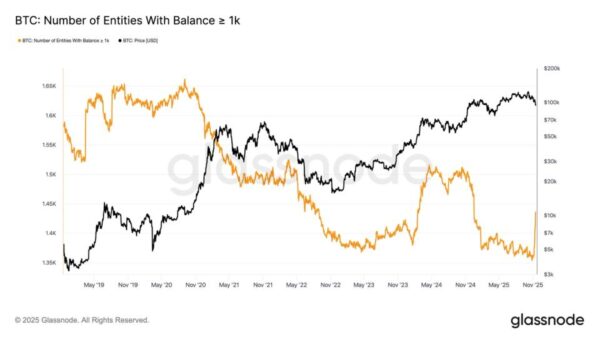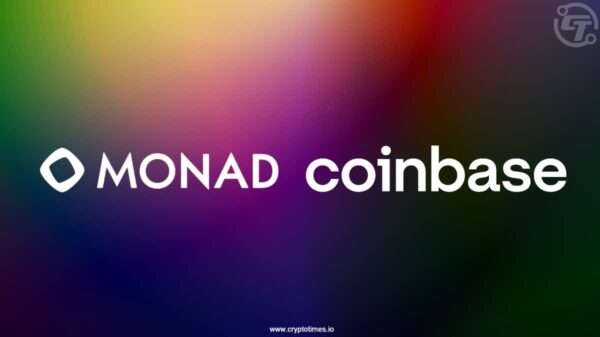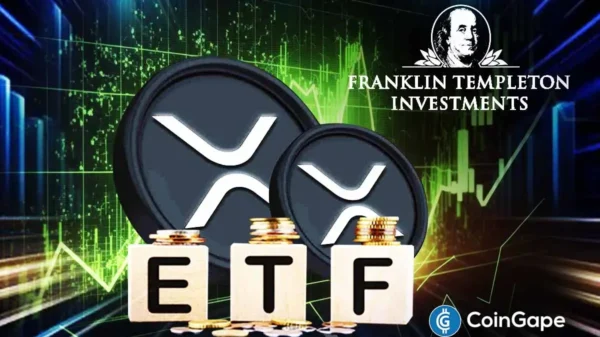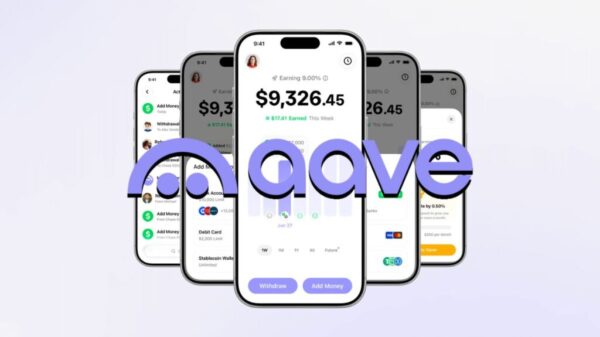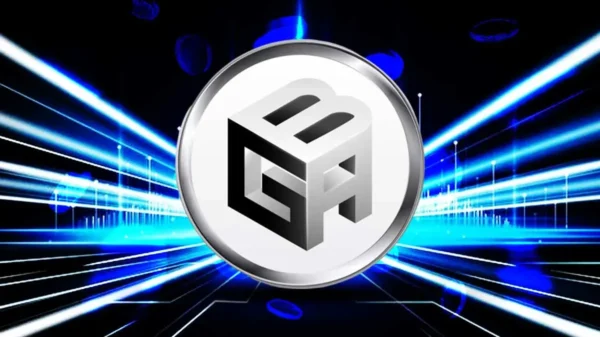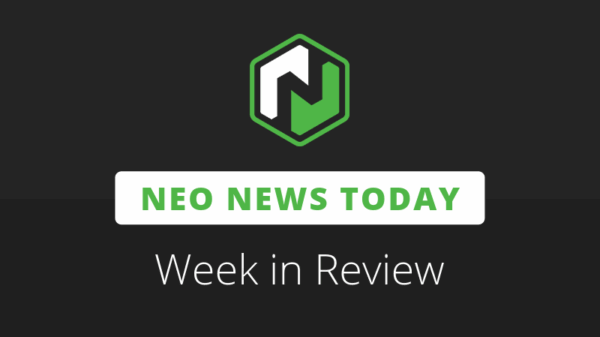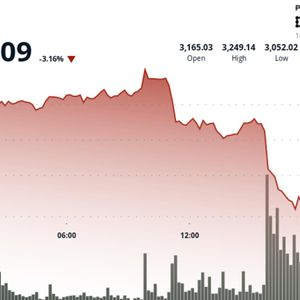The financial landscape is experiencing a transformative change as traditional banking institutions increasingly integrate cryptocurrency offerings. Leading this charge is SoFi, which has become a prominent example of how conventional financial systems can effectively merge with digital assets, setting the stage for broader mainstream adoption.
SoFi”s innovative approach to embracing digital currencies has established it as a benchmark within the financial sector. By providing users with seamless access to cryptocurrencies alongside traditional banking services, SoFi has tapped into a growing market of tech-savvy consumers eager for combined financial solutions. This strategy not only enhances user experience but also highlights a significant shift in the delivery and perception of financial services.
Key aspects of SoFi”s platform include:
- Integrated Services: SoFi combines banking, lending, and investment tools with direct access to cryptocurrencies.
- User-Centric Demand: The platform caters to a clientele that increasingly seeks integrated financial services within a regulated framework.
- Market Validation: SoFi”s performance illustrates the viability and profitability of such blended services in today”s financial ecosystem.
Several driving factors are propelling traditional banks toward cryptocurrency adoption. One of the most significant is the evolving regulatory landscape, which, despite its complexities, offers a clearer operational framework compared to previous years. This clarity, combined with rising client demand from both retail and institutional investors, compels banks to innovate and offer new services. Additionally, competitive pressures from agile, crypto-native firms, along with advancements in blockchain technology, make the integration of these assets more attractive.
As banks venture deeper into the crypto space, their integration efforts cover various areas, including:
- Custodial Services: Providing secure storage solutions for digital assets, appealing particularly to institutional clients.
- Trading and Brokerage: Establishing regulated platforms for buying and selling cryptocurrencies, facilitating access for everyday investors.
- Tokenized Assets: Exploring the tokenization of real-world assets, which could unlock new liquidity and investment opportunities.
- Blockchain-based Payments: Implementing distributed ledger technology to enhance the efficiency of cross-border transactions.
- Lending and Borrowing: Creating financial products that utilize cryptocurrencies as collateral or for direct transactions.
However, the road ahead is fraught with challenges. Traditional banks must navigate a complex web of global and local regulations, requiring significant legal and compliance resources. Additionally, they face the constant threat of cybersecurity risks, given the high value of digital assets. Cultural shifts within organizations and the need for technical interoperability with legacy systems will also demand considerable investment and strategic planning.
The future suggests a more blended financial ecosystem, where the lines between traditional and decentralized finance continue to blur. As demonstrated by SoFi”s success, other banks are likely to follow suit, expanding their crypto offerings and integrating more deeply with the digital asset landscape. This evolution will pave the way for innovative financial products and services, enhancing efficiency and accessibility for a global audience.
In conclusion, SoFi”s achievements represent a crucial inflection point for the cryptocurrency sector. This shift indicates a movement from niche interest to essential financial utility, driven by client demand and institutional evolution. Although challenges remain, the increasing incorporation of digital assets into traditional banking frameworks heralds a future where cryptocurrencies are integral to the global financial system, reshaping how individuals invest, transact, and manage their finances.








